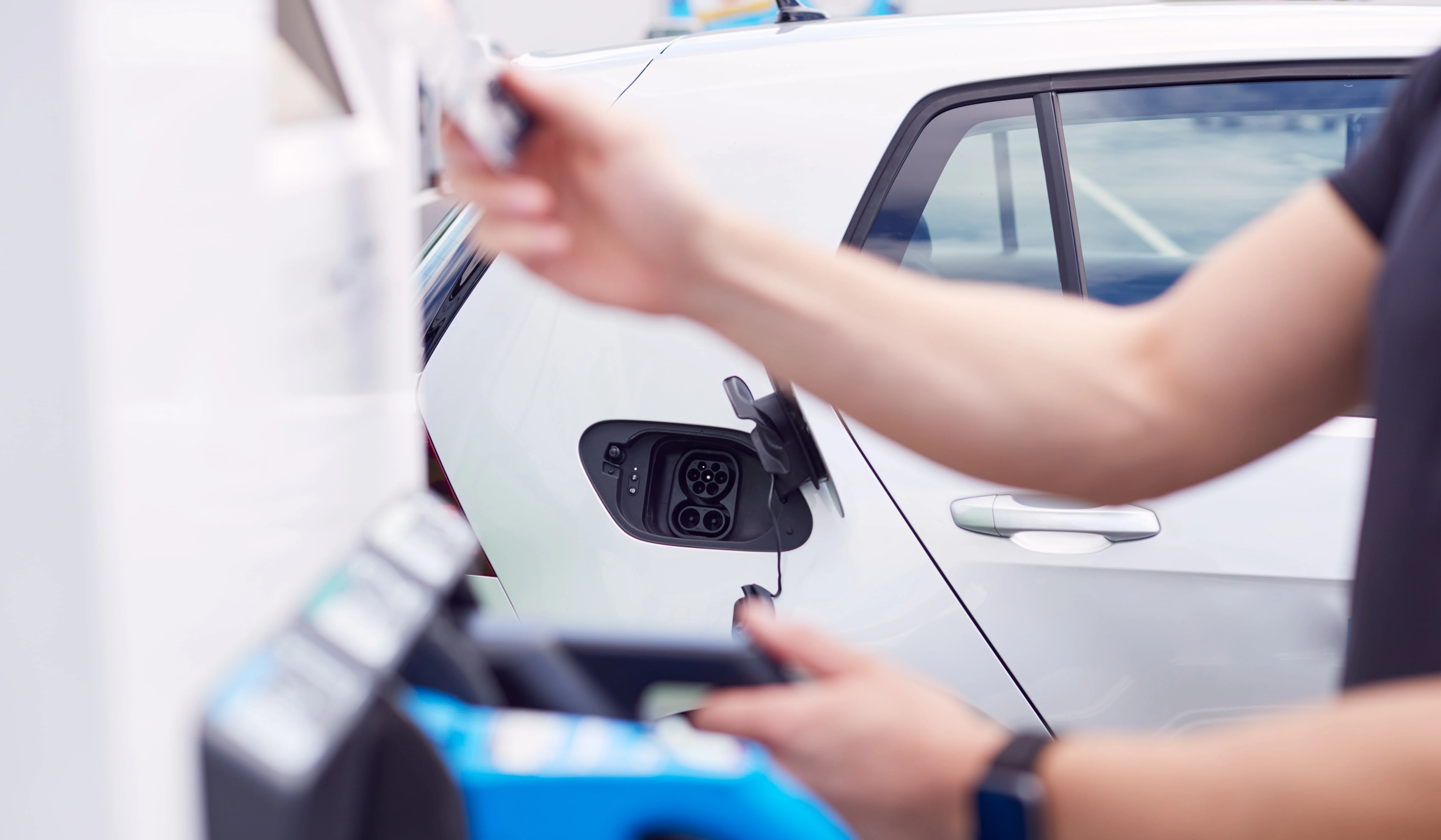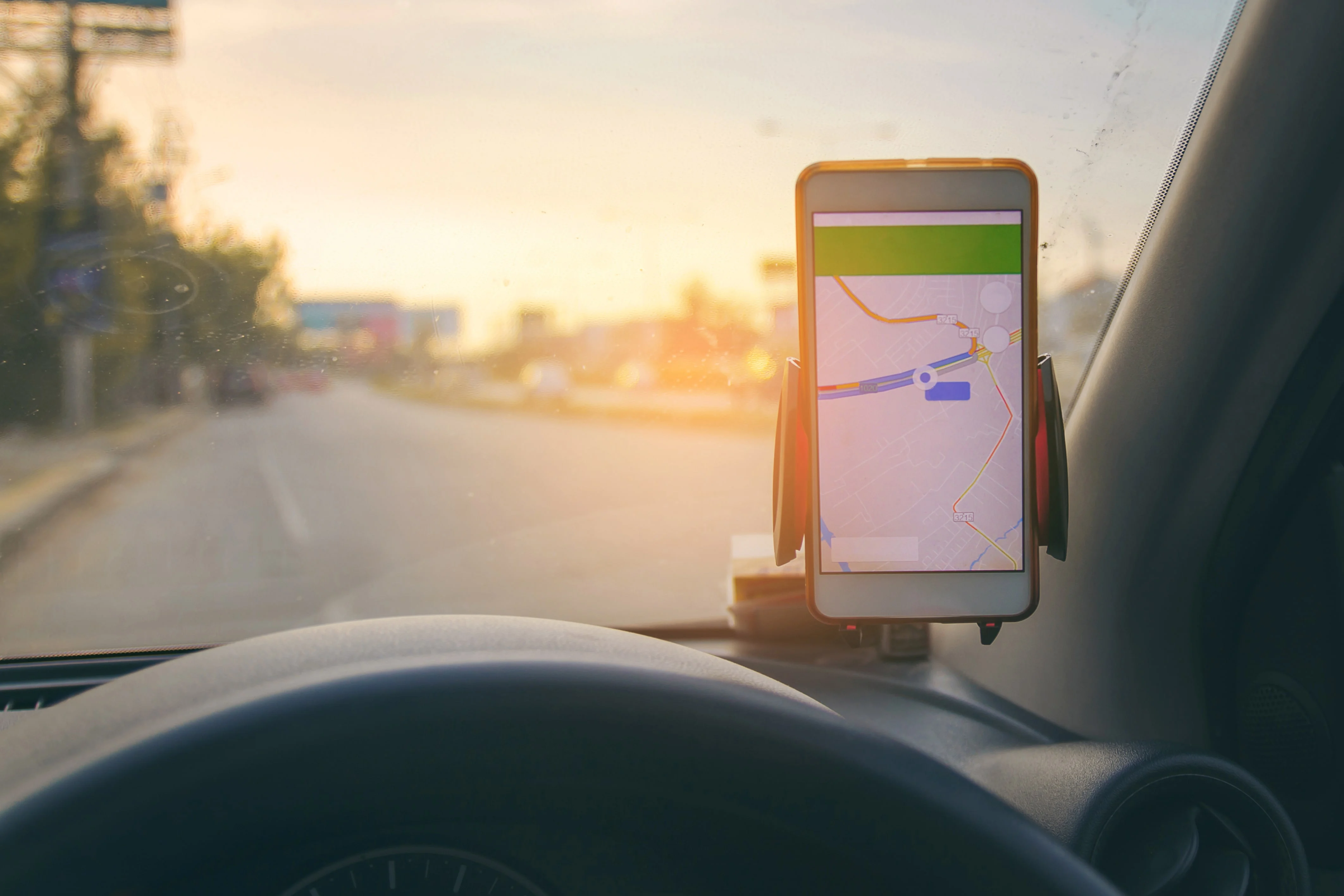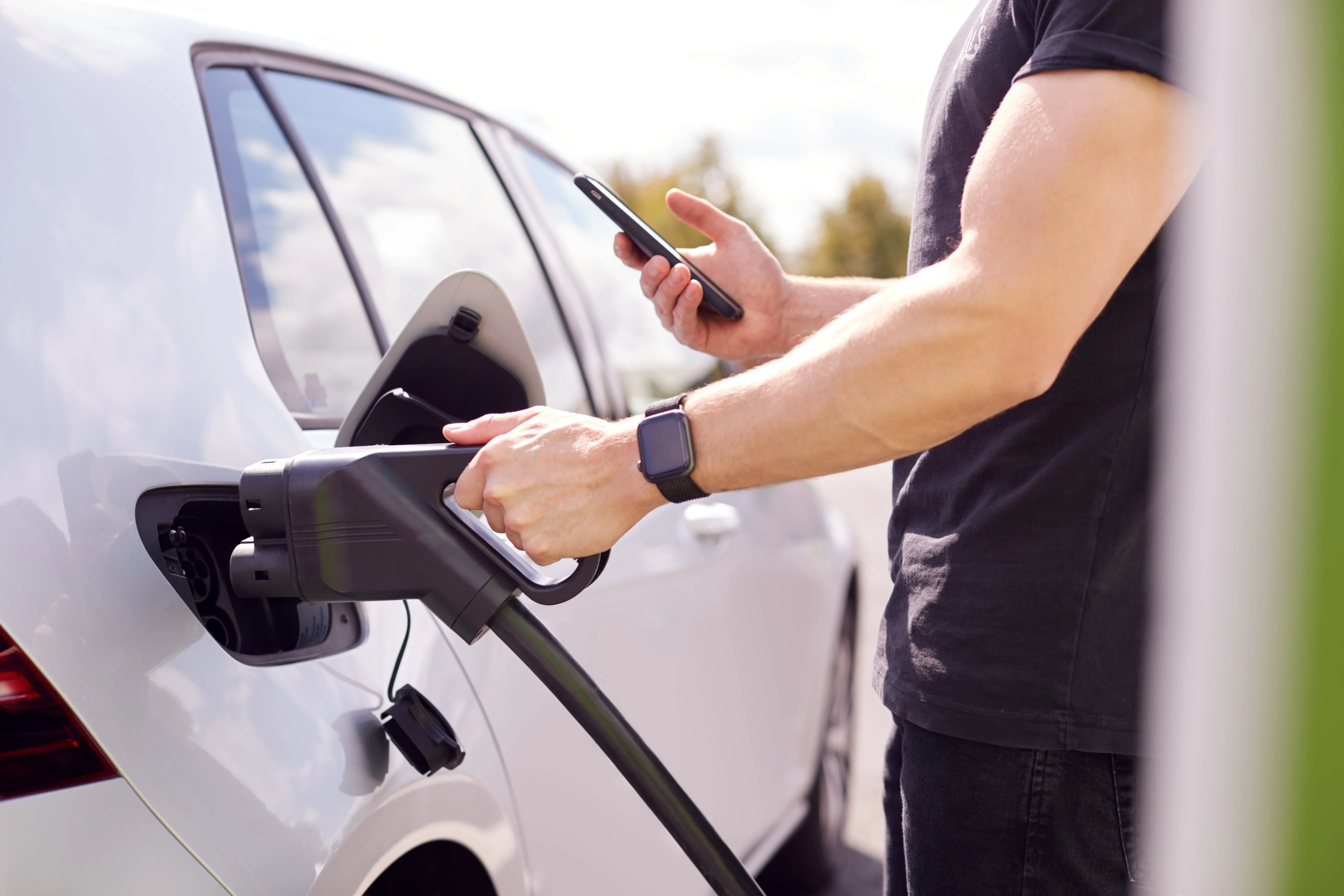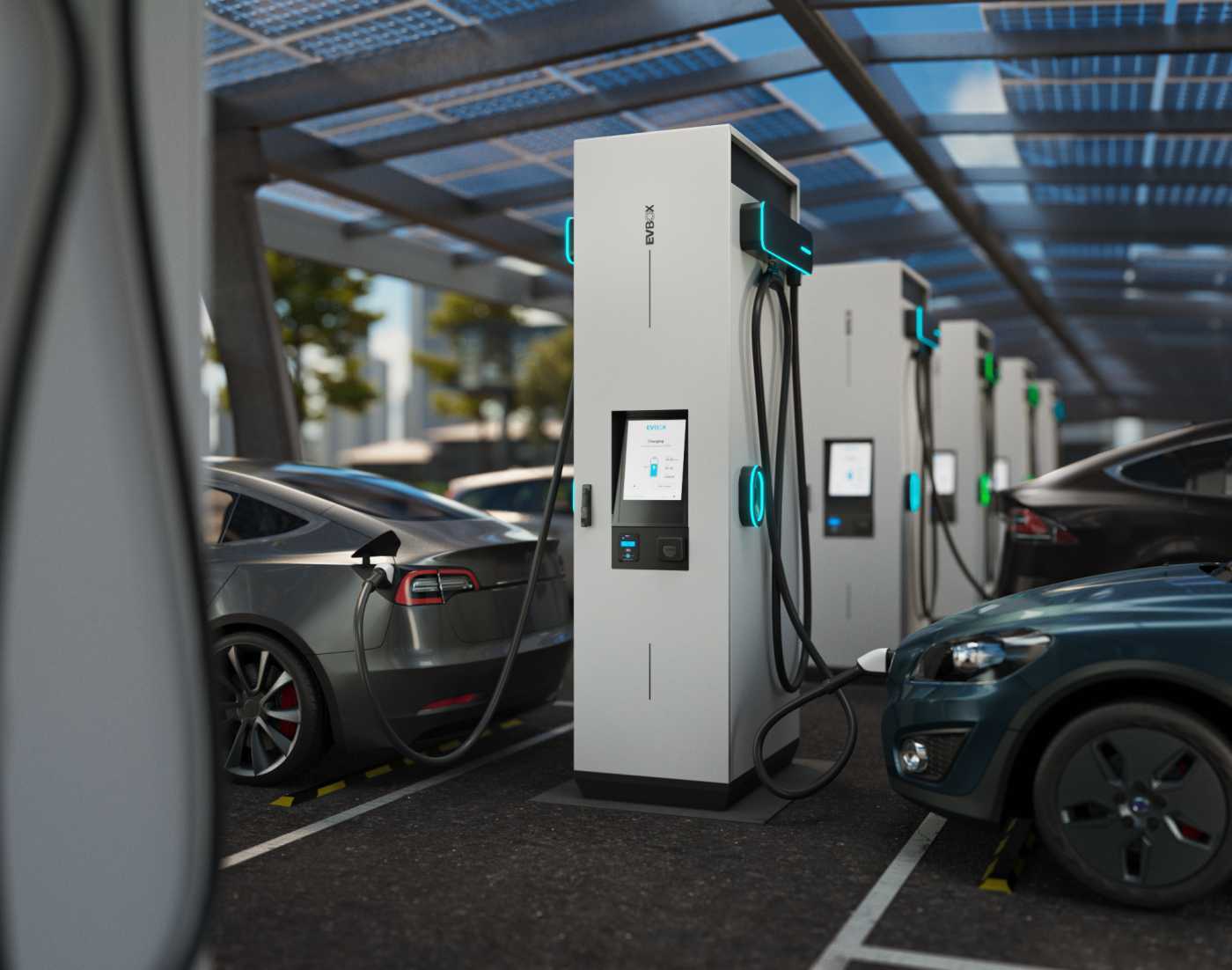
Understanding Fast Charging
Fast charging, also known as Level 3 or DC charging, is designed to provide a rapid boost to your EV's battery. When planning a long journey, fast charging stations are often the best option for quickly topping off your vehicle’s charge. The high-power output of these stations allows you to charge significantly faster compared to standard home or public chargers.
However, fast charging terminology can be confusing. You may encounter terms like "rapid charging," "ultra-fast charging," "Level 3," or "DC charging." In reality, all these terms refer to the same technology: DC fast charging. The key difference lies in the power output and the type of current used. Typically, fast chargers deliver between 50 kW and 400 kW, far surpassing the 7.4 kW or 11 kW offered by home chargers. Moreover, DC fast charging uses direct current (DC), which bypasses the onboard charger in your vehicle, making it much faster than AC charging.
With that in mind, let’s explore how to use a fast charging station.

Using a Fast Charging Station
Step 1: Find a Fast Charging Station
The first step in using a fast charging station is locating one. Unlike traditional gas stations, EV chargers can be harder to spot, often tucked away in parking lots or near buildings. To make things easier, there are several dedicated EV charging apps available, depending on your location and EV model. These apps typically provide detailed information about station availability, power output, and payment options, helping you plan your trip accordingly.
Alternatively, popular mapping services like Google Maps or Apple Maps also include EV charger locations. It’s important to note that even though some fast chargers can deliver up to 400 kW, your car’s charging capabilities will limit the actual power received. Most EVs can handle around 125 kW to 150 kW. To confirm your car’s specific limits, you can refer to its technical specifications online.
Rest assured, all fast charging stations undergo thorough safety checks before becoming operational, ensuring they are safe to use despite the high current.

Step 2: Get the Cable
Once you’ve found a fast charging station, the next step is retrieving the charging cable. Unlike home chargers or AC public chargers, fast chargers always come equipped with a built-in, non-removable cable. This is due to the high power requirements, which necessitate active cooling. As a result, fast charging cables are thicker and heavier than typical home charging cables. Fortunately, since the cable is attached to the station, all you need to do is ensure compatibility with your EV’s charging port.
Most regions follow standardization protocols for EV connectors, but you can double-check your car’s charging port specifications online. Doing so ensures a seamless connection when you arrive at the station.

Step 3: Connect Your Car to the Charging Station
Once you’ve confirmed compatibility between your car’s charging port and the cable, it’s time to connect them. Be sure to open any protective flaps covering the fast charging port, as these ports are larger and distinct from standard AC charging ports. Most EVs have their charging ports located near the rear of the vehicle, similar to a gas tank. However, some models position the port elsewhere, such as at the front bumper. Before connecting, ensure your car is parked correctly to reach the charging port easily.

Step 4: Authenticate and Start Charging
After connecting your car to the charging station, the next step is to initiate the charging session. Authentication methods vary depending on the station and its provider. Some stations require you to log in via an app or RFID fob, while others may have built-in card readers for immediate access. Regardless of the method, authentication enables the station to process payments and charge you appropriately.
It’s worth noting that fast charging tends to be more expensive than home or AC public charging. Besides the cost of electricity, fast chargers often include additional fees to cover their high-speed service and initial investments. Payment methods can range from subscription-based plans to pay-as-you-go options.
Step 5: End the Charging Session
When your car reaches the desired charge level, it’s time to terminate the session. The exact method depends on how you began the process. For example, if you used an app to start charging, you can use the same app to stop it. Similarly, if you initiated charging with a fob, tapping it again should end the session.
Most fast charging stations feature interactive displays that allow you to monitor the session’s progress and end charging directly from the station itself. Remember, you cannot remove the charging cable until the session ends, as it locks securely onto your vehicle. Even after the session concludes, you may need to manually unlock the charging port using your car’s controls.
Finally, return the charging cable to its designated slot on the station, and you’re good to go!

As electric vehicles continue to gain popularity, fast charging infrastructure will undoubtedly expand further. While it may feel unfamiliar at first, this guide should give you a solid foundation for using fast charging stations confidently. If you’re new to EV ownership, you might also benefit from exploring resources on home or public charging methods.
For more insights into charging your EV at home or via regular public chargers, check out our dedicated guides on these topics. EV adoption is accelerating rapidly, and understanding fast charging is just the beginning of your electric journey!





